Spain is a country located in southwestern Europe on the Iberian Peninsula. It is known for its rich history, diverse culture, and strong economy.
Geography
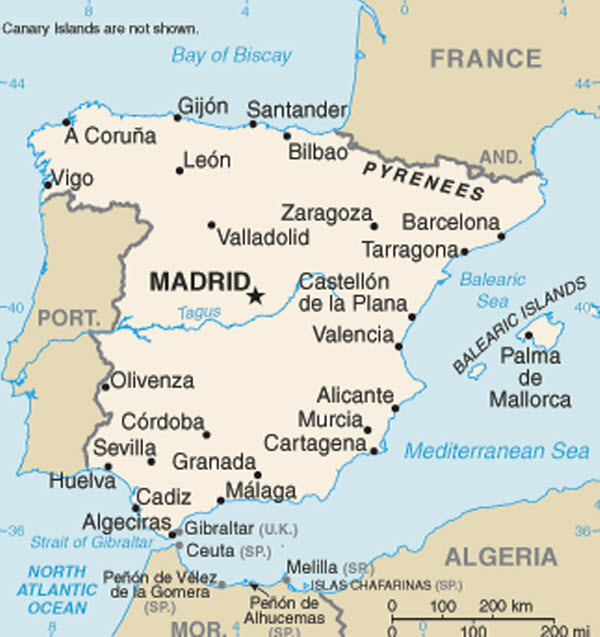
Location: Southwestern Europe, occupying most of the Iberian Peninsula.
Coordinates: Approximately 40.4637° N, 3.7492° W
Area: About 505,990 square kilometers.
Borders:
- North: France and Andorra (623 kilometers)
- South: Mediterranean Sea, Gibraltar, and Morocco (via Ceuta and Melilla)
- East: Mediterranean Sea
- West: Portugal (1,214 kilometers)
Climate:
Spain has a variety of climates, including Mediterranean along the coast, semi-arid in the southeastern regions, and oceanic in the north. Inland areas experience a continental climate, with hot summers and cold winters.
Topography:
Spain features a diverse landscape with vast plateaus, mountain ranges like the Pyrenees and Sierra Nevada, and coastal plains. It also has islands, such as the Balearic Islands in the Mediterranean and the Canary Islands in the Atlantic.
Elevation:
The highest peak is Mount Teide, located on Tenerife (Canary Islands), at an elevation of 3,718 meters.
Natural Resources:
Spain is rich in coal, iron ore, copper, lead, uranium, mercury, and other minerals, as well as renewable energy resources such as solar and wind power.
Land Use:
27% of the land is used for agriculture, 55% for forests, and 18% for urban areas and other uses.
Population Distribution:
Population density is highest in urban centers such as Madrid, Barcelona, Valencia, and Seville, with lower density in rural areas and along the mountain ranges.
Population and Society
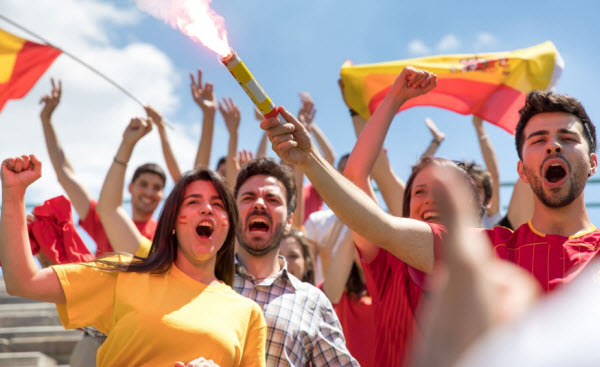
Population: Approximately 47 million (2024 estimate).
Ethnic Groups:
Spain is predominantly composed of Spaniards, with a variety of regional identities such as Catalans, Basques, and Galicians. Immigrant populations from Latin America, Africa, and Eastern Europe also contribute to the demographic.
Languages:
Spanish (Castilian) is the official language. Other recognized languages include Catalan, Galician, and Basque, which are co-official in their respective regions.
Religions:
Christianity (mainly Roman Catholicism) dominates with around 70%, while a growing number identify as non-religious or secular. Minority religions include Islam, Judaism, and Protestant Christianity.
Age Structure:
Spain has an aging population with a median age of around 45 years, and a growing elderly population due to low birth rates and high life expectancy.
Population Growth Rate:
Approximately 0.1% annually, largely influenced by immigration.
Country
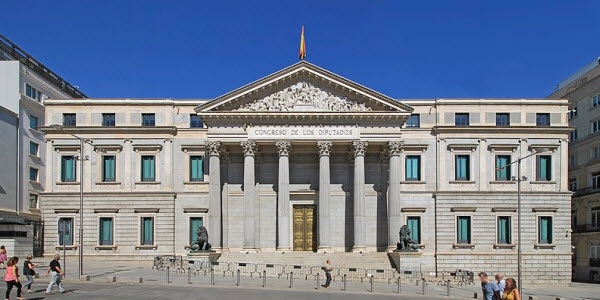
Country Name: Kingdom of Spain
Common Name: Spain
Reason for Name: Derived from the Roman name “Hispania” for the Iberian Peninsula.
Type of Government: Constitutional Monarchy with a parliamentary system.
Capital: Madrid
Reason for Naming Capital: Madrid became the capital in the 16th century due to its central location.
Local Time: Central European Time (CET) UTC+1, and Central European Summer Time (CEST) UTC+2 during daylight saving time.
Daylight Saving Time: Observed from the last Sunday in March to the last Sunday in October.
Administrative Divisions: 17 autonomous communities and 2 autonomous cities (Ceuta and Melilla).
Territories: Canary Islands, Balearic Islands, Ceuta, and Melilla.
Independence: Spain has a long and complex history of regional kingdoms. The unification of Spain occurred under the Catholic Monarchs in 1492.
Citizenship Acquisition: By birth in Spain, descent from Spanish citizens, or naturalization.
Legal System: Civil law system based on comprehensive legal codes.
Executive Branch: The King is the head of state, while the Prime Minister is the head of government.
Legislative Branch: Bicameral Parliament, consisting of the Congress of Deputies and the Senate.
Judicial Branch: The judiciary is independent, with the Supreme Court being the highest court of the land.
Political Parties: Includes the Spanish Socialist Workers’ Party (PSOE), the People’s Party (PP), and other regional and national parties.
Flag Description: The Spanish flag consists of three horizontal stripes: red on the top and bottom, with a yellow stripe in the middle that is twice as wide as the red stripes. The national coat of arms is located on the yellow stripe.
Country Code: ESP
Economy
GDP: Approximately $1.6 trillion USD.
Agricultural and Animal Products: Spain produces olives, olive oil, wine, fruits, vegetables, and meat, and is one of the world’s largest producers of seafood.
Industries: Spain has strong industries in tourism, automotive, renewable energy, textiles, chemicals, and food processing.
Budget: Spain maintains a budget deficit, although it is working to control public spending.
Exports: Machinery, motor vehicles, pharmaceuticals, textiles, foodstuffs, and chemicals.
Imports: Oil, gas, machinery, vehicles, and consumer goods.
Foreign Reserves: Approximately $65 billion USD.
External Debt: About $1.4 trillion USD.
Local Currency: Euro (EUR).
Communications
Landlines: About 15 million lines.
Mobile Lines: Approximately 55 million lines.
Country Code: +34
Broadcast Media: Spain has a wide variety of public and private television channels, along with radio networks that operate on both national and regional levels.
Internet Code: .es
Internet Users: Approximately 42 million people.
Transportation
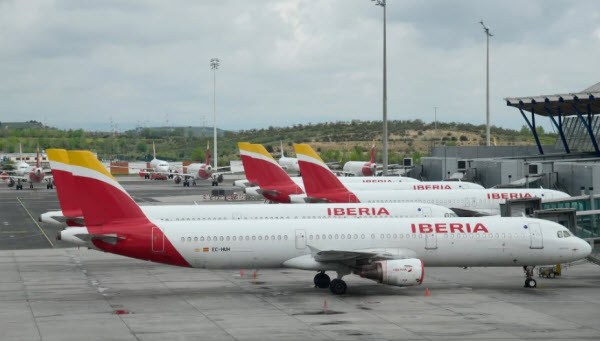
National Air Transport System: Spain has a well-developed air transport network with major international airports in Madrid, Barcelona, and Málaga.
Airports: Over 90 airports, including key international hubs.
Helipads: A number of helipads are available in major cities and remote locations.
Pipelines: Spain has a network of pipelines for oil, gas, and other resources, mostly linking to neighboring European countries.
Railroads: Spain has an extensive rail network of over 16,000 kilometers, including one of the largest high-speed rail systems in the world.
Road Network: Spain has over 683,000 kilometers of roads, including modern highways and motorways that connect major cities.
Ports: Major ports include Barcelona, Valencia, Bilbao, and Algeciras.
Military
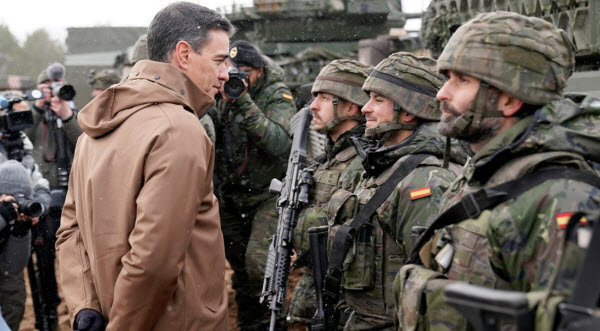
Military Composition: Spain’s armed forces include the Army, Navy, and Air Force.
Military Spending: Approximately $17 billion USD annually.
Military and Security Personnel: About 120,000 active duty members.
Military Equipment: Includes advanced fighter jets, warships, tanks, and air defense systems.
Military Service Age: Voluntary service starts at age 18.
